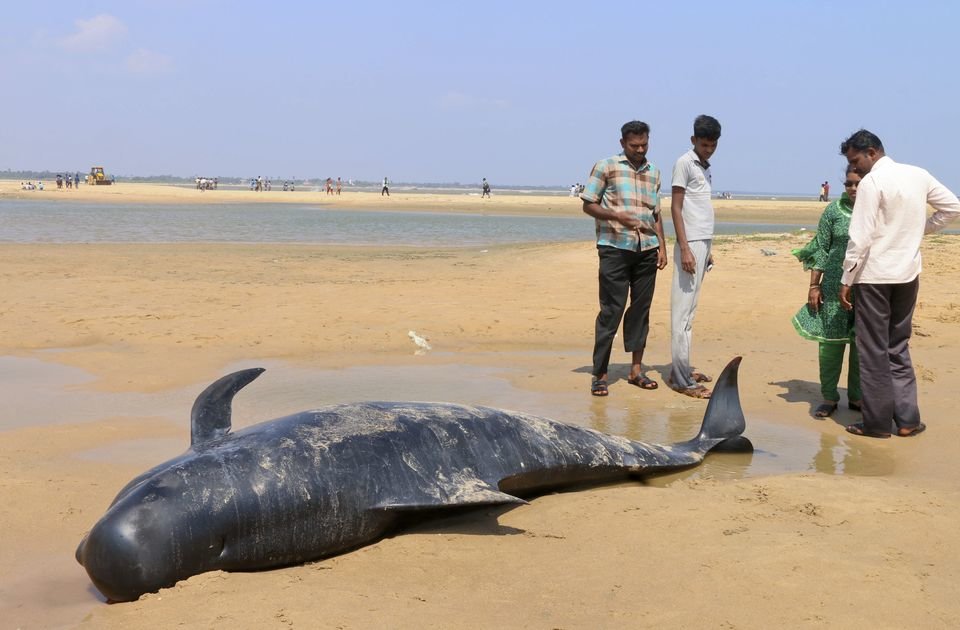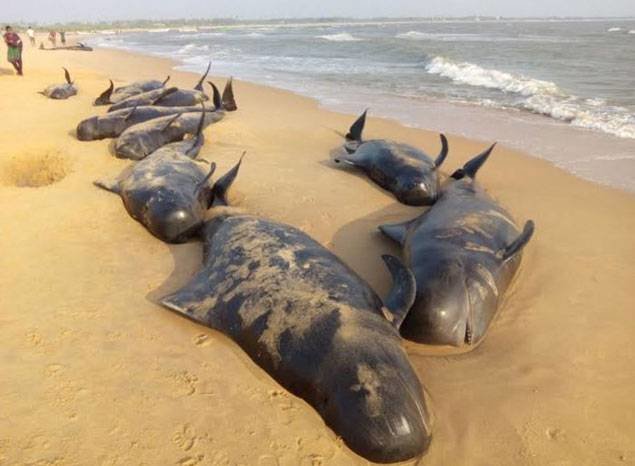
© Aaron Marineau
For ranchers Stanley and Carol Post, the recent mystery on the central Kansas prairie conjures up memories of their own bovine homicides 40 years ago.
It was October 1975. Within a short time period of each other, the couple discovered one of their cows dead − its udders and genitalia strategically removed and a hematoma on the head. Meanwhile, a calf's eye was taken out with detailed precision − the optic nerve cauterized at the end.
"It just blew your mind," said Carol Post, now 75, who was out feeding cattle with her husband on their Meade County ranch this week.
Call it the biggest animal cold case in the nation's history.
Thousands of cattle and other livestock were found dead in the 1970s − so prevalent that the FBI investigated the cattle mutilations.
Kansas seemed to be one of the states hit the most. In the fall of 1973 alone,
the FBI news clippings showed 40 cases in the north-central part of the state - largely along Highway 81. All were seemingly killed in the same pattern on the isolated prairiescape: their ears, tongues, genitals and udders all neatly removed.
Often, the scene was bloodless and trackless as well. Post said even the veterinarian noted the several gallons of blood drained from the cow. They never found tracks.
Decades later, on the central Kansas plains, law enforcement are grappling with two similar cases.


Comment: See also this earlier report: 5 sperm whales die on Texel beach, Netherlands